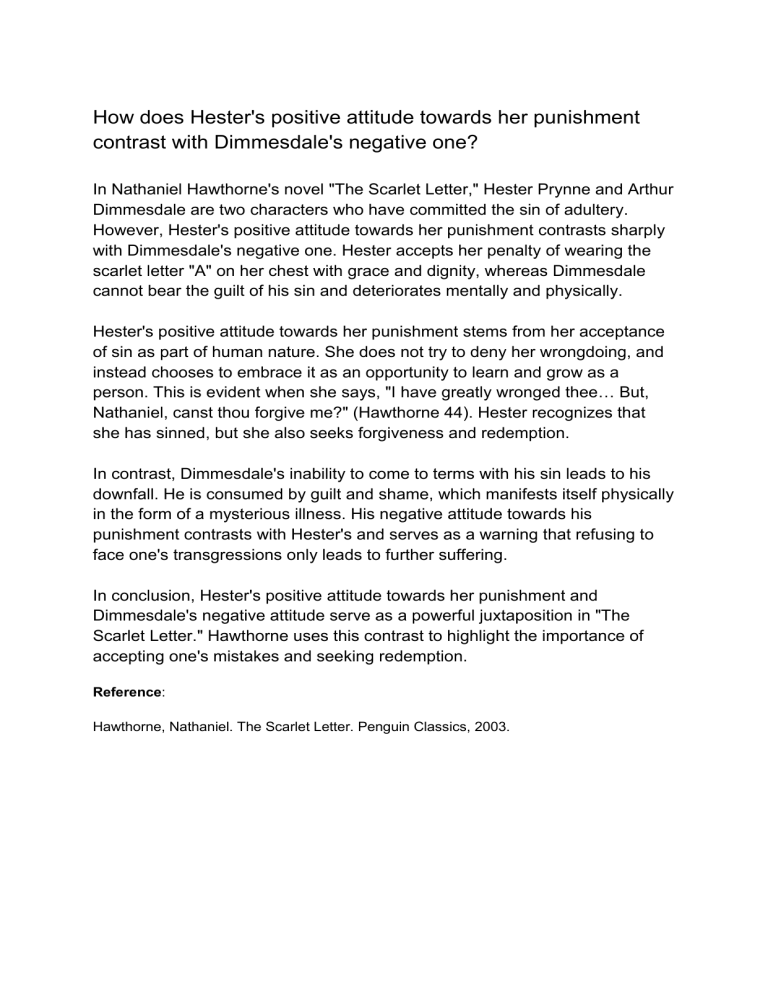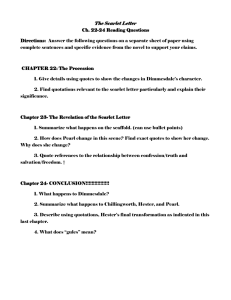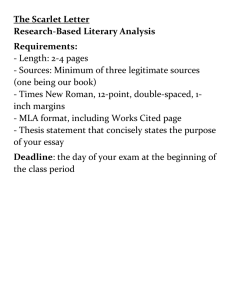How does Hester s positive attitude towards her punishment contrast with Dimmesdale s negative one
advertisement

How does Hester's positive attitude towards her punishment contrast with Dimmesdale's negative one? In Nathaniel Hawthorne's novel "The Scarlet Letter," Hester Prynne and Arthur Dimmesdale are two characters who have committed the sin of adultery. However, Hester's positive attitude towards her punishment contrasts sharply with Dimmesdale's negative one. Hester accepts her penalty of wearing the scarlet letter "A" on her chest with grace and dignity, whereas Dimmesdale cannot bear the guilt of his sin and deteriorates mentally and physically. Hester's positive attitude towards her punishment stems from her acceptance of sin as part of human nature. She does not try to deny her wrongdoing, and instead chooses to embrace it as an opportunity to learn and grow as a person. This is evident when she says, "I have greatly wronged thee… But, Nathaniel, canst thou forgive me?" (Hawthorne 44). Hester recognizes that she has sinned, but she also seeks forgiveness and redemption. In contrast, Dimmesdale's inability to come to terms with his sin leads to his downfall. He is consumed by guilt and shame, which manifests itself physically in the form of a mysterious illness. His negative attitude towards his punishment contrasts with Hester's and serves as a warning that refusing to face one's transgressions only leads to further suffering. In conclusion, Hester's positive attitude towards her punishment and Dimmesdale's negative attitude serve as a powerful juxtaposition in "The Scarlet Letter." Hawthorne uses this contrast to highlight the importance of accepting one's mistakes and seeking redemption. Reference: Hawthorne, Nathaniel. The Scarlet Letter. Penguin Classics, 2003.



